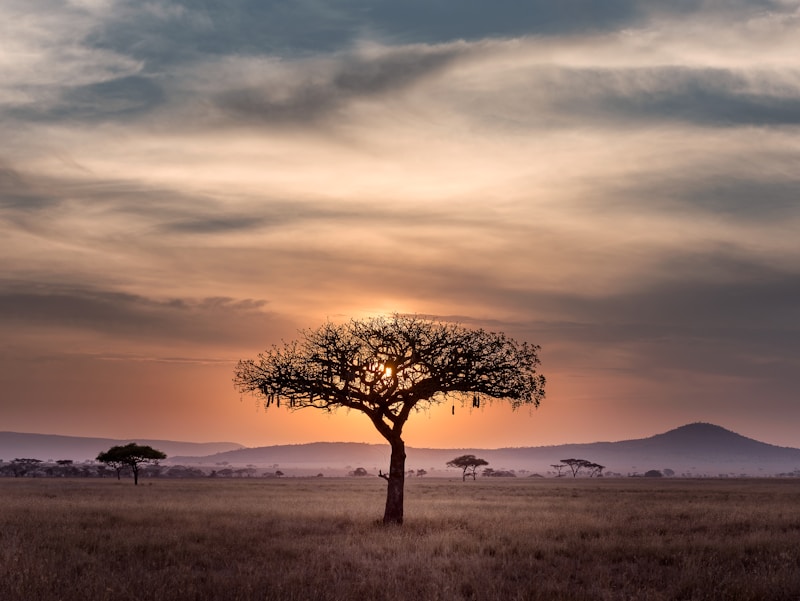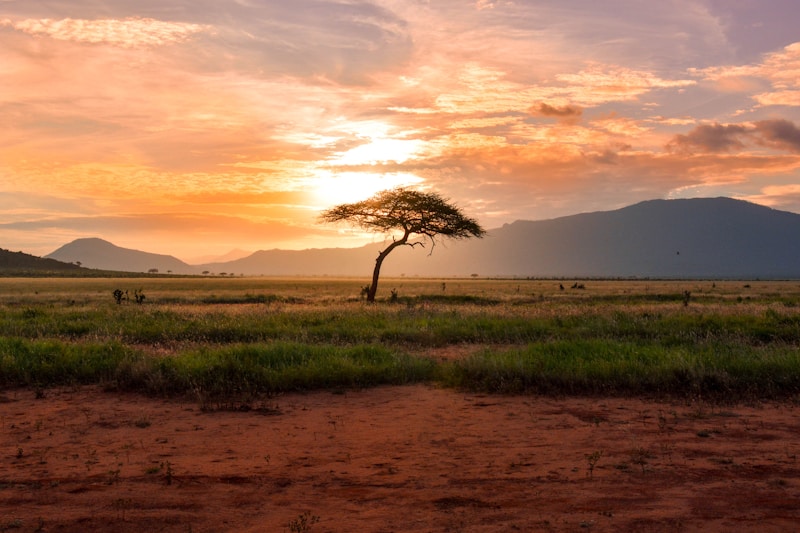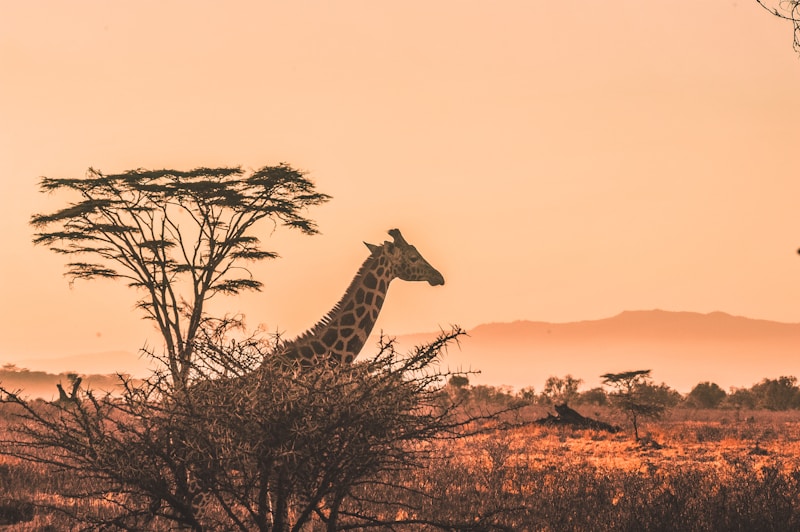The Mossi People
Kingdom Builders - Burkina Faso's Largest Group - Resisters of Empire
Who Are the Mossi?
The Mossi (Moose, singular Moaga) are the largest ethnic group in Burkina Faso, comprising approximately 52% of the country's population with over 11 million people. They inhabit the central plateau region, with their capital at Ouagadougou. The Mossi established powerful kingdoms beginning in the 11th-13th centuries, most notably the Mossi Kingdoms of Ouagadougou, Yatenga, and Tenkodogo, which successfully resisted conquest by both the Mali and Songhai empires—a rare achievement in West African history. The Mossi speak Moore (More), a Gur language, and maintain a highly stratified social structure led by the Mogho Naba (Emperor of the Mossi), a position that continues today as a traditional authority. Historically, Mossi society combined agriculture with cavalry warfare, controlling important trans-Saharan trade routes. The Mossi resisted French colonization longer than most West African peoples and maintained cultural continuity despite Islamic and Christian influences, with many preserving traditional religious practices centered on ancestor veneration.
The Mossi Kingdoms and Political Organization
According to oral tradition, the Mossi kingdoms were founded by invaders from the east, possibly from present-day northern Ghana or Togo, who intermarried with indigenous Nyonyose people. The legendary princess Yennenga, daughter of a Dagomba king, is celebrated as the mother of the Mossi—she fled an unwanted marriage, met and married Riale (a hunter), and their son Ouedraogo founded the first Mossi kingdom. The Mossi political system was highly centralized with the Mogho Naba (King of the World) ruling from Ouagadougou, supported by lesser kings (Nanamse) who controlled provinces. This hierarchical structure included ministers, district chiefs, and village headmen, all appointed based on hereditary nobility. The system incorporated both conquered indigenous peoples and ruling class descendants, creating a stratified society of nobles (Nakomse), commoners (Talse), and artisan castes. The Mossi cavalry, armed with lances and swords and mounted on horses adapted to the Sahel environment, made the kingdoms militarily formidable.
Resistance to Islam and Empire
Unlike many Sahel peoples, the Mossi kingdoms resisted Islamic conversion and political domination for centuries. When Mali and Songhai empires attempted expansion into Mossi territory, Mossi cavalry repelled them repeatedly. During the 19th century, Islamic jihadist movements that conquered much of West Africa failed to subdue the Mossi—the kingdoms maintained political independence and religious autonomy. This resistance stemmed partly from the Mossi political-religious system where the Mogho Naba's authority derived from traditional religion and ancestor veneration, making Islamic conversion politically problematic. However, Islam gradually spread peacefully through trade contacts, and today many Mossi are Muslim while maintaining traditional practices. The Mossi also resisted French colonization—France didn't fully control Mossi territory until 1897, and resistance continued through the early 1900s. Despite colonial rule and modern state formation, the Mogho Naba continues as an influential traditional authority.
Traditional Religion and Social Customs
Traditional Mossi religion centers on Wende (the supreme deity) and elaborate ancestor veneration. The Tengabisi (earth priests) perform rituals honoring earth spirits and ensuring agricultural fertility, while royal ancestors receive special veneration through the Mogho Naba's ritual authority. Masked societies perform ceremonies marking agricultural seasons, initiations, and funerals—the Karanga masks represent protective spirits and appear during important rituals. Traditional Mossi marriage involves complex negotiations and bride-wealth payments, with polygyny common among wealthy men. Society organized through patrilineal clans, with strict rules governing behavior, marriage, and inheritance. The caste system divided society into Nakomse (nobles), Talse (farmers), and Nyonyose (original inhabitants), plus specialized artisan groups including blacksmiths, weavers, and griots. Age-grade associations socialized youth and organized communal labor for agriculture, well-digging, and construction.
Economy and Material Culture
The Mossi economy traditionally centered on agriculture, cultivating millet, sorghum, yams, and groundnuts in the Sahel environment. Intensive farming techniques including manuring, crop rotation, and small-scale irrigation maximized productivity in areas with uncertain rainfall. The Mossi also kept livestock—cattle, goats, and sheep—though in smaller numbers than specialized pastoralist groups. Seasonal migration for agricultural labor became common, with young Mossi men traveling to Ghana and Ivory Coast's cocoa and coffee plantations, sending remittances home. Mossi artisans excelled in cotton weaving, producing distinctive striped cloths, and bronze-casting for royal regalia and ritual objects. Blacksmiths held special status, producing agricultural implements, weapons, and ritual objects. Women engaged in pottery-making, food processing, and local trade. The Mossi controlled regional trade routes, taxing caravans passing through their territory.
Modern Mossi Society and National Identity
The Mossi dominate Burkina Faso demographically and culturally, though the country includes over 60 ethnic groups. The Moore language serves as a lingua franca alongside French (the official language). Ouagadougou, the Mossi capital, is now Burkina Faso's largest city and political capital. The Mogho Naba continues as an influential traditional leader—every Friday, the "Ceremony of the False Departure" (Koom-Zam-Yam) reenacts the emperor's ritual attempt to leave the capital, symbolically affirming his commitment to the people. This ceremony attracts tourists and reinforces Mossi cultural identity. However, modern challenges affect Mossi society: environmental degradation and desertification threaten agriculture, population growth creates land pressure, and economic opportunities drive migration to cities and neighboring countries. Islamic and Christian conversions have accelerated, though many maintain syncretic practices. Political instability, including jihadist violence in northern Burkina Faso since 2015, has displaced communities. Despite challenges, Mossi cultural traditions persist through language maintenance, traditional ceremonies, and the continuing symbolic importance of the monarchy in a democratic state.
Image Gallery





